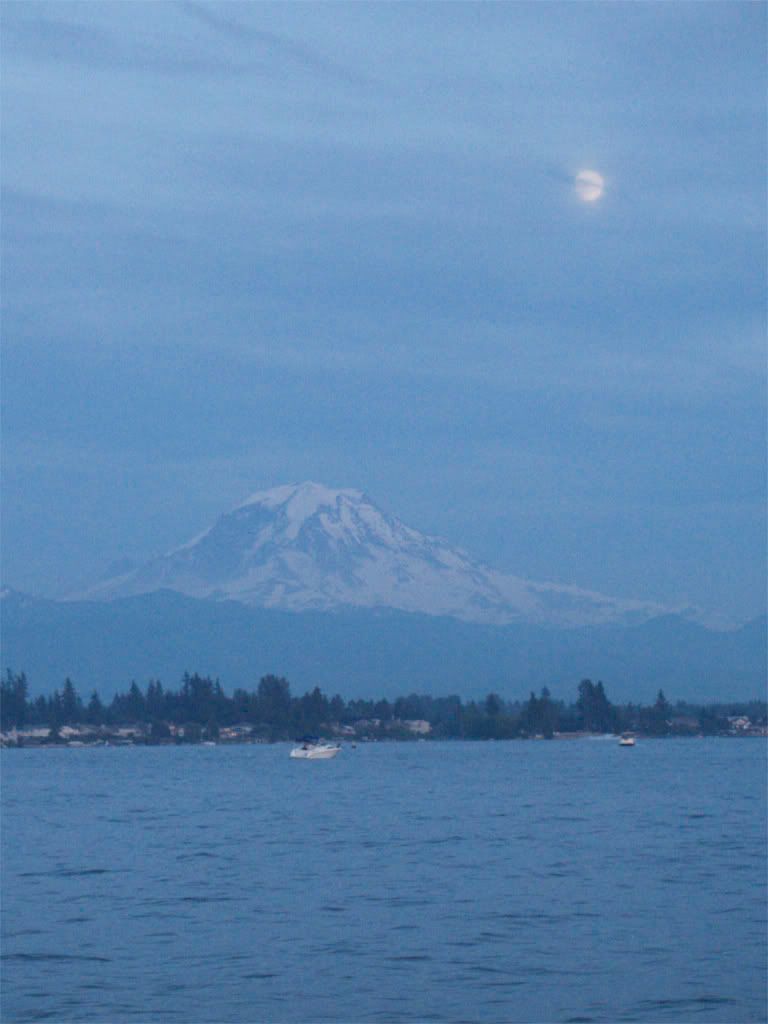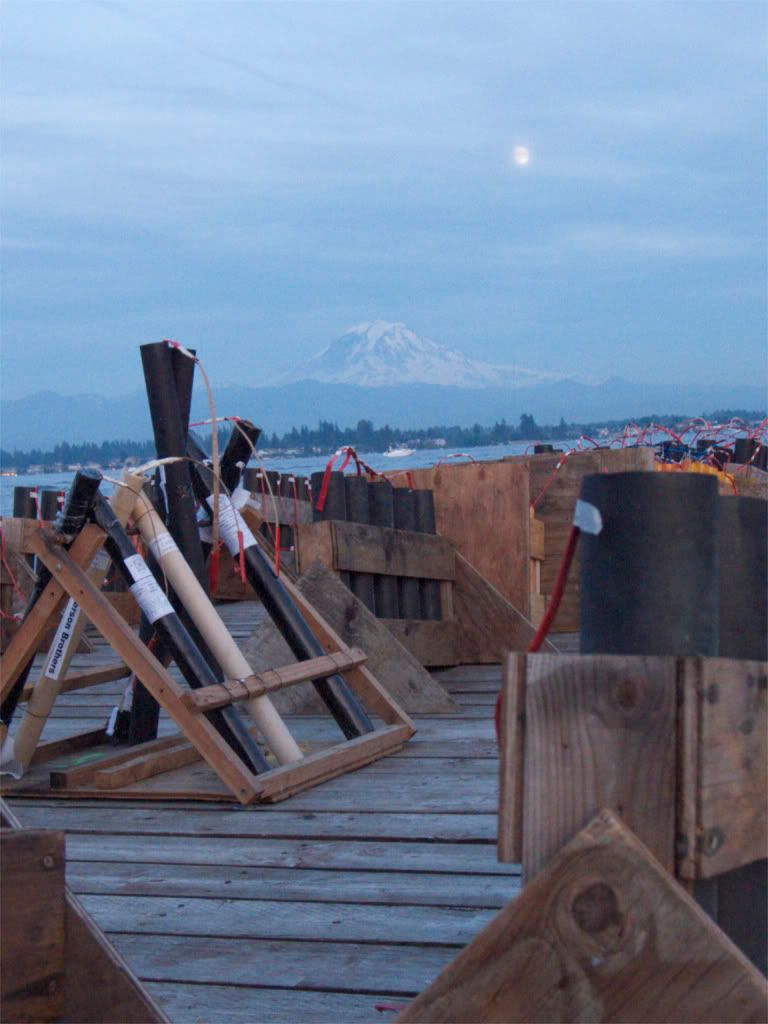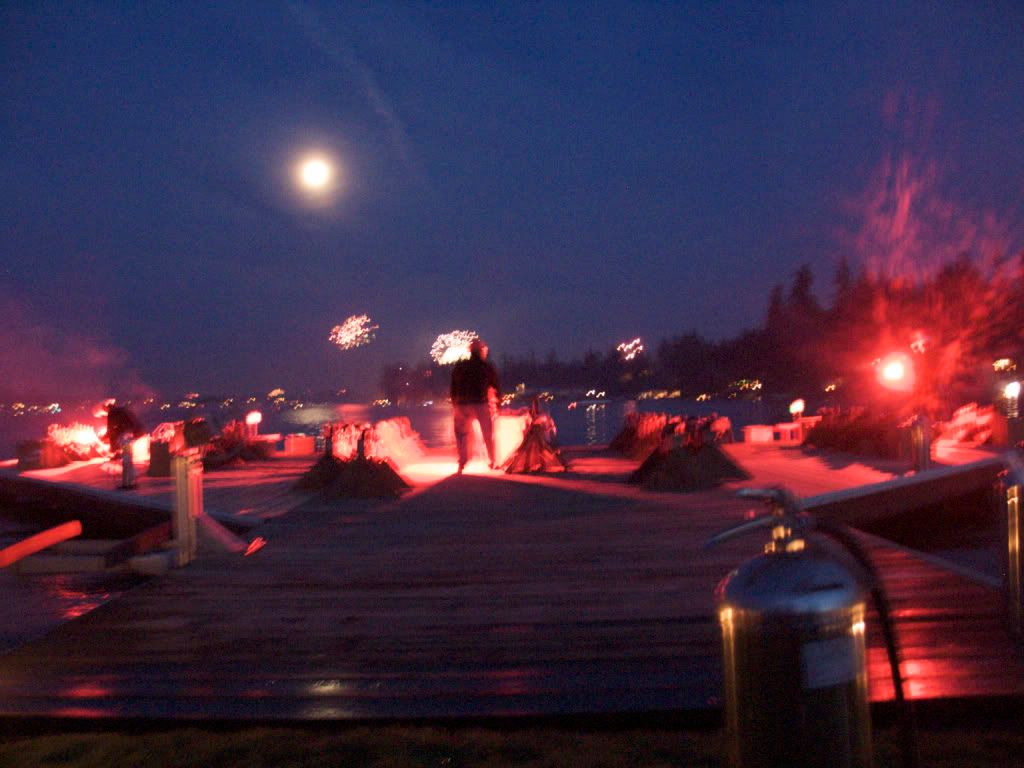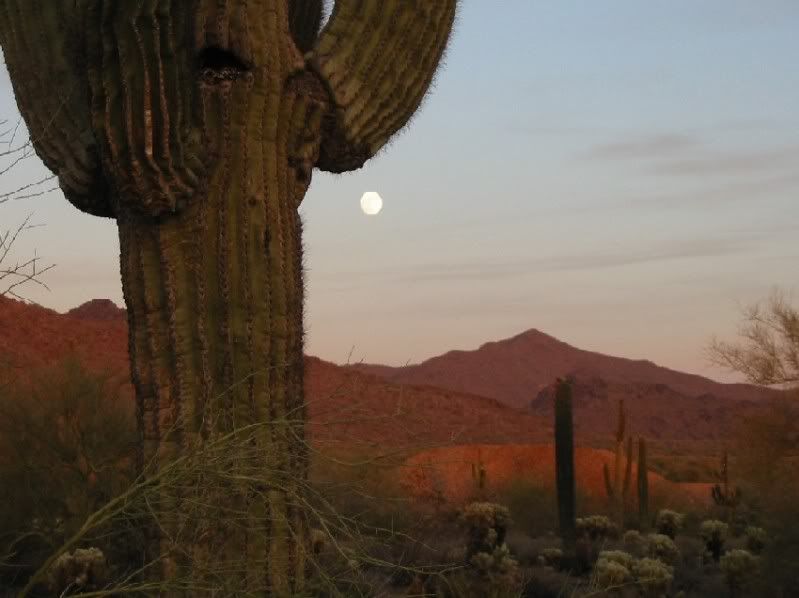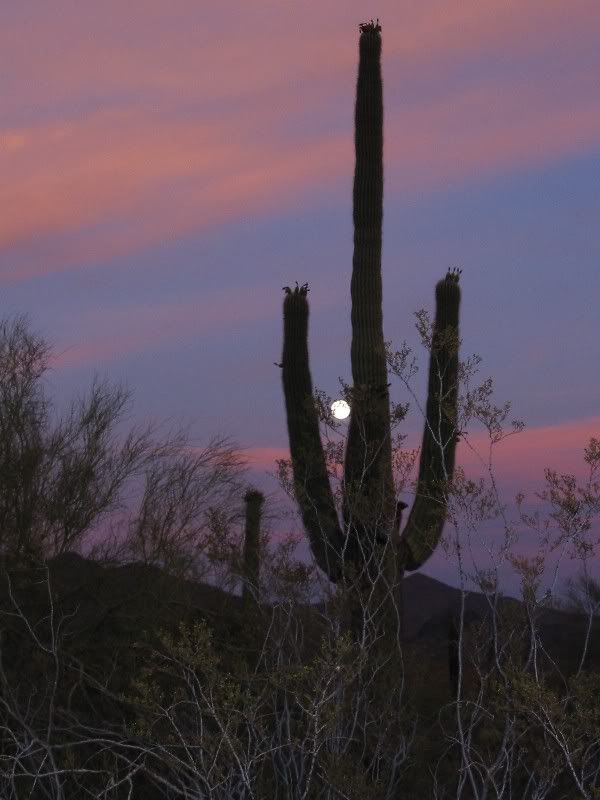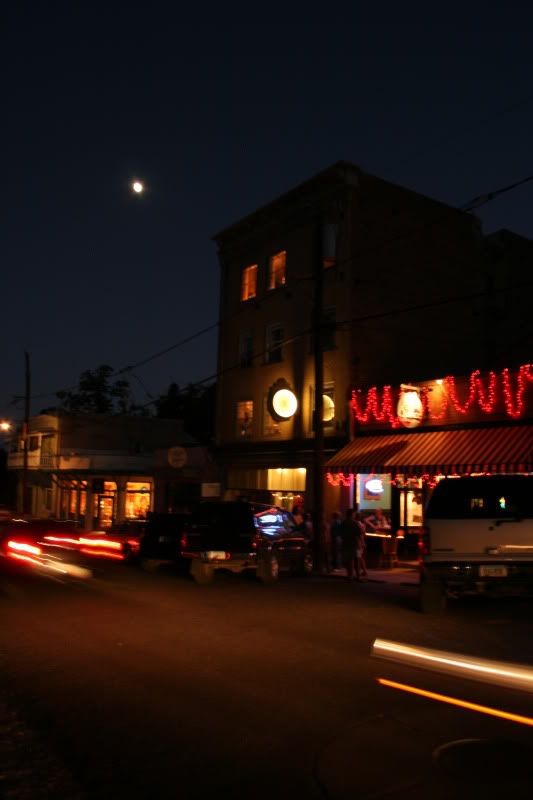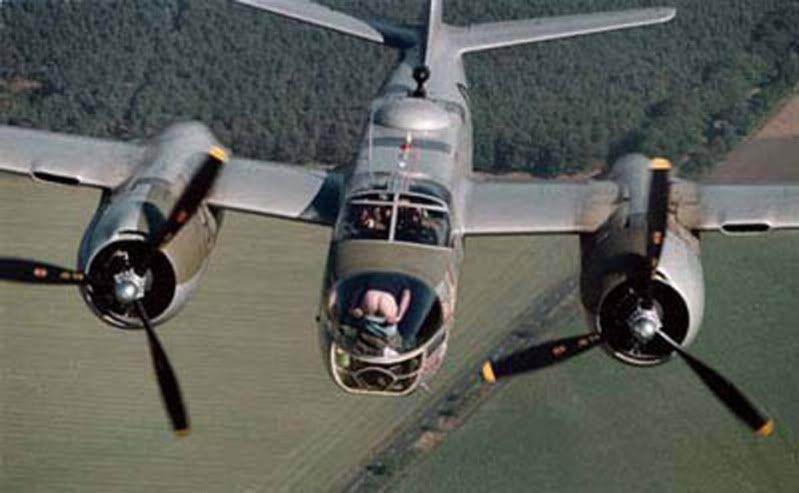You are using an out of date browser. It may not display this or other websites correctly.
You should upgrade or use an alternative browser.
You should upgrade or use an alternative browser.
Random Moon Shots
- Thread starter adventureduo
- Start date
M
modelbuilder
Guest
It was only a matter of time....haha. Awesome...
Every Miles A Memory
Expedition Leader
Suntinez that is an awesome shot!
Were you using a digital body or shooting film?
I've always wanted to try shots like this, but none of my digital bodies have good results for real long exposure work.
Anything over 10 minutes and the shot is too grainy! I'm really jealous!
Were you using a digital body or shooting film?
I've always wanted to try shots like this, but none of my digital bodies have good results for real long exposure work.
Anything over 10 minutes and the shot is too grainy! I'm really jealous!
DrMoab
Explorer
Suntinez that is an awesome shot!
Were you using a digital body or shooting film?
I've always wanted to try shots like this, but none of my digital bodies have good results for real long exposure work.
Anything over 10 minutes and the shot is too grainy! I'm really jealous!
Not sure about Canon but I know my nikon has a setting where on any exposure over a min (I think its a min) it will take an equilly long exposure of nothing...just black and then it somehow melds the two images together to reduce the noise. It seems to work quite well.
DrMoab
Explorer
i'm sure it has a bulb function. 30 sec is probably as long as it will go before you have to manually set it open and time it yourself.I was under the impression that the longest shutter time on the D90 was 30 sec.
Donn
Every Miles A Memory
Expedition Leader
That's great that a Nikon D90 will produce a shot this crisp.
I'll have to try it with my Canon to see. Maybe i'll set up the shot and try it with both the 5D and the wifes 30D and compare, but I'm thinking it'll be so grainy I wont be able to post anything
Thanks for the info
I'll have to try it with my Canon to see. Maybe i'll set up the shot and try it with both the 5D and the wifes 30D and compare, but I'm thinking it'll be so grainy I wont be able to post anything
Thanks for the info
Photog
Explorer
Here is a link to long exposures for the Canon 5D & some 30D info.
http://photo.net/canon-eos-digital-camera-forum/00QWU0
With long exposures, the sensor is on and charged for the full exposure time (of course). This heats up the sensor, and causes many of the photosites to react to the heat of the neighboring photosites. This reaction is recorded as a color, in the processor. This is digital noise. The sensor tends to react predictably, and will create almost the same noise, in the very next frame.
With that knowledge, the camera companies created a noise reduction process called, Dark Slide (a term from back in the film days I believe). Here is how it works.
1) You make a long exposure (say 30 seconds).
2) When the exposure is complete, the camera leaves the mirror down, and fires up the sensor for another 30 seconds, to finish the total exposure process.
3) The processor takes all of the color noise that showed up on the 2nd frame (dark slide), and subtracts it from your original exposure. This removes most of the color noise from your image.
Good or bad, that is how it works. I know the cameras use this process in the 15 second to 2 minute range. I don't know if they do that for a 1 hour (or longer) exposure. Batteries might be dead before that could all finish up.
Also: The Dark Slide setting can be turned on/off in all the cameras I have seen, that offer this function.
http://photo.net/canon-eos-digital-camera-forum/00QWU0
With long exposures, the sensor is on and charged for the full exposure time (of course). This heats up the sensor, and causes many of the photosites to react to the heat of the neighboring photosites. This reaction is recorded as a color, in the processor. This is digital noise. The sensor tends to react predictably, and will create almost the same noise, in the very next frame.
With that knowledge, the camera companies created a noise reduction process called, Dark Slide (a term from back in the film days I believe). Here is how it works.
1) You make a long exposure (say 30 seconds).
2) When the exposure is complete, the camera leaves the mirror down, and fires up the sensor for another 30 seconds, to finish the total exposure process.
3) The processor takes all of the color noise that showed up on the 2nd frame (dark slide), and subtracts it from your original exposure. This removes most of the color noise from your image.
Good or bad, that is how it works. I know the cameras use this process in the 15 second to 2 minute range. I don't know if they do that for a 1 hour (or longer) exposure. Batteries might be dead before that could all finish up.
Also: The Dark Slide setting can be turned on/off in all the cameras I have seen, that offer this function.
Last edited:


